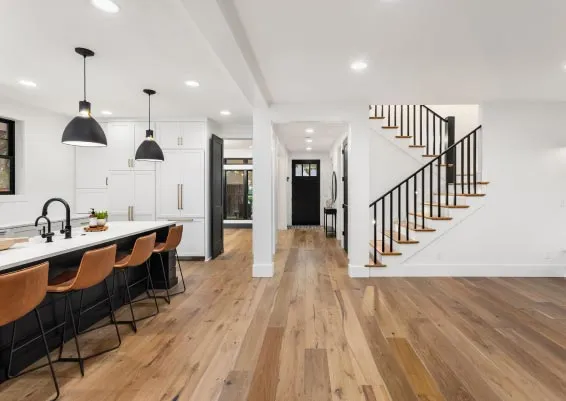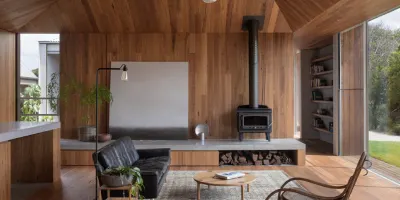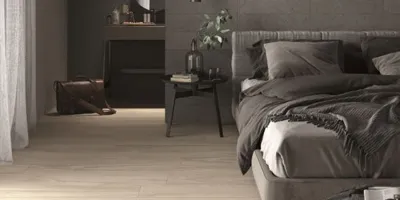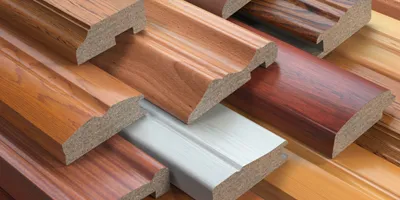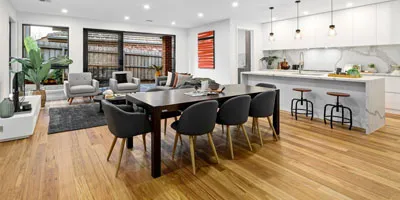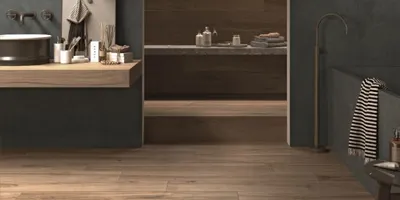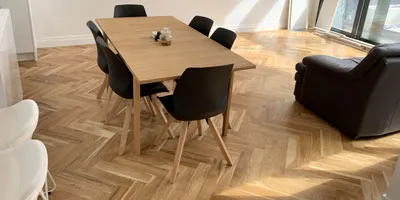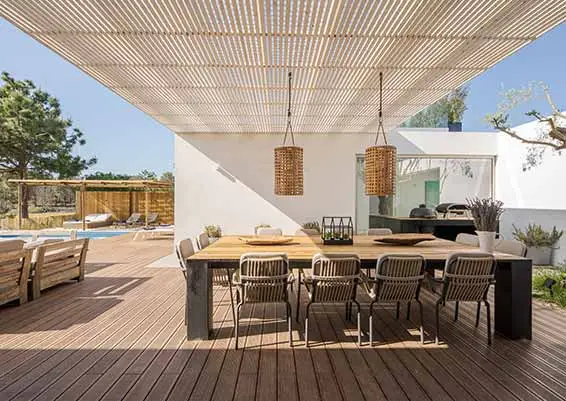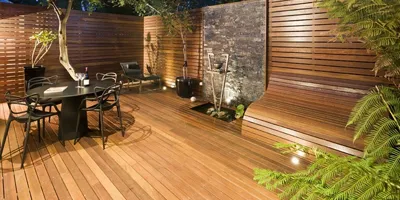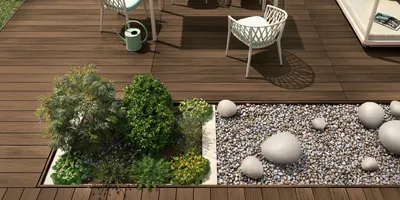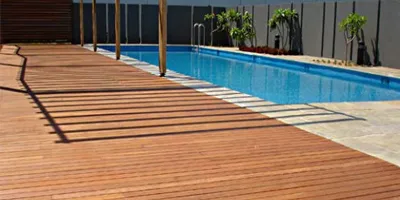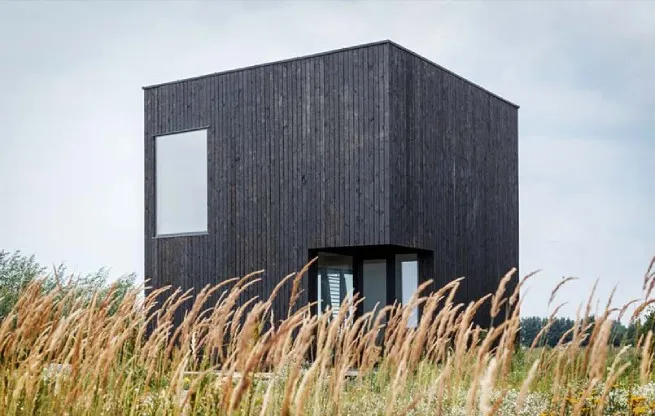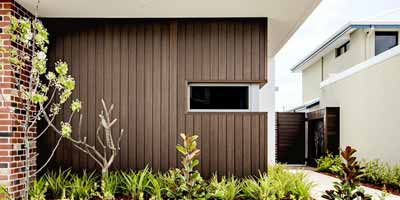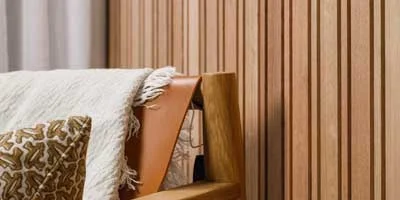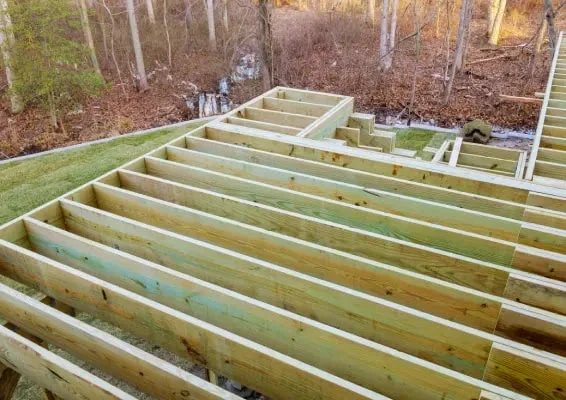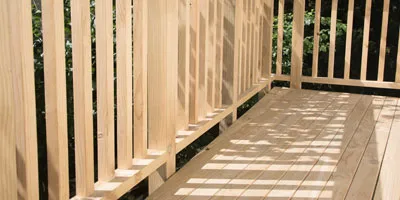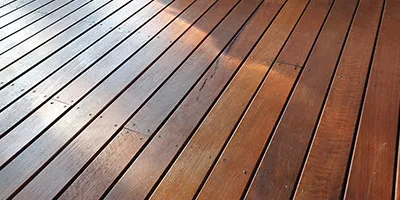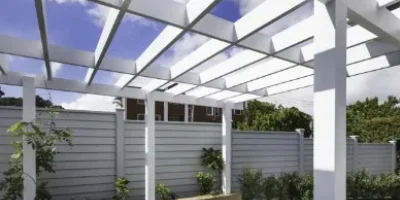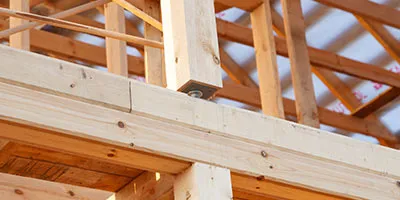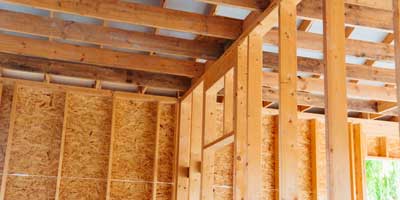Treated Pine Decking: Is It Worth It? Pros, Cons & Maintenance Tips
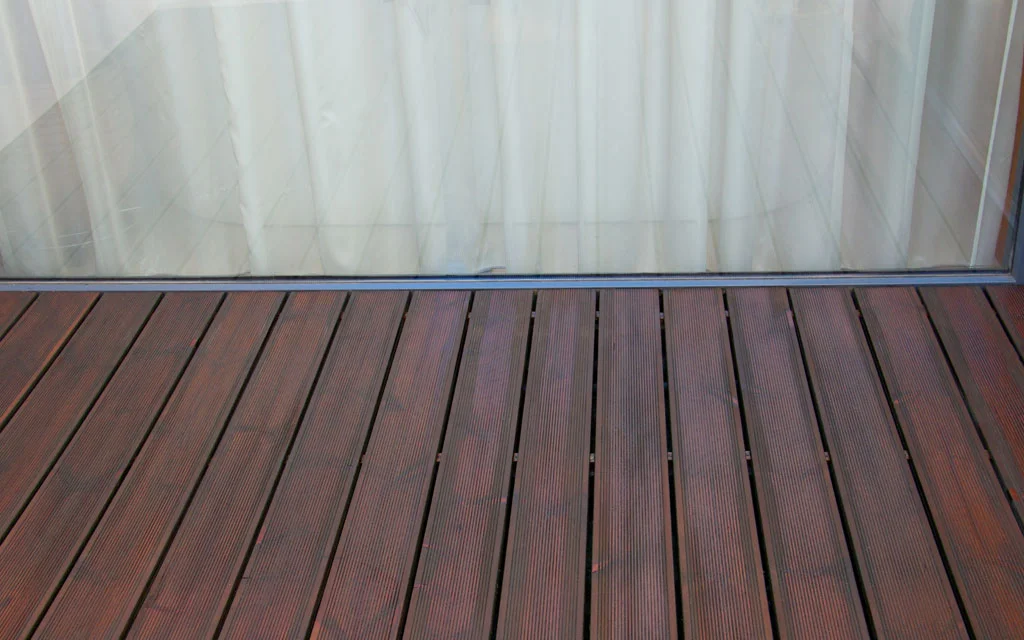
Treated pine is one of the most trusted, used and recommended decking options in Australia and for all the right reasons. It stands tall on not one but several grounds, aesthetics, functionality, cost-effectiveness and durability to name a few. With regular maintenance, you get a decking material that will stand strong for years to come and keep on adding value to your property, year after year. But with so many decking options to choose from like native hardwood, composite, vinyl, engineered timber and more, it’s only right to be a bit confused.
So, to help you make an informed decision, here’s our comprehensive guide of treated pine decking. With us, go through its pros, cons, maintenance recommendations and everything in between to determine whether treated pine is the right pick for your home or commercial premises.
Let’s get started.
What Is Treated Pine?
Treated pine starts out as plantation-grown Radiata Pine, a softwood that isn’t naturally tough enough for outdoor use. To make it last, it’s pressure-treated with chemical preservatives that protect against rot, termites, and fungal decay. The treatment pushes these preservatives deep into the timber, giving it strength and resistance that plain pine simply doesn’t have.
You’ll often see treated pine stamped with an H-rating, that’s its hazard class:
- H3 is for above-ground outdoor use, like decking boards or pergolas.
- H4 is for timber that goes in contact with the ground, such as posts or bearers.
Choosing the right rating makes all the difference. H3 for decking, H4 for anything that touches soil. Simple rule, but one that keeps your deck standing strong for years.
Also Read – Why Tasmanian Oak Flooring Should Be A Part of Your Home Installation
Why People Choose Treated Pine Decking
1. It’s Budget-Friendly
Cost plays a big role in most decking decisions. Treated pine is often the most affordable decking material in Australia. If you’ve got a large area to cover or want a great result without spending thousands on hardwood, it makes sense.
2. It’s Easy to Work With
Pine is lightweight and soft, which makes it easy to cut, drill, and fix in place. For DIYers or builders working on tight timelines, that ease of handling is a big plus.
3.It Looks Clean and Adaptable
Freshly treated pine has a pale, uniform look that suits most homes. It also takes stains or oil really well, so whether you want a rich timber tone or something more muted, you’ve got options.
4. It’s Sustainably Sourced
Most treated pine sold in Australia comes from local plantation timber, not native forests. It’s renewable and widely available, making it a responsible choice for cost-conscious homeowners.
5. It’s Termite-Resistant
Australia’s climate makes termites a real threat. Treated pine decking holds up well in termite-prone areas because of the chemicals embedded into the wood. You’ll still need good maintenance, but it gives you a strong layer of protection.
Where Treated Pine Falls Short
1. Maintenance Is a Must
Unlike composite or capped materials, treated pine needs care to stay strong and attractive. Without oiling or sealing, it can dry out, crack, or warp under the harsh Australian sun. A quick annual oil or stain will make a huge difference.
2. It’s Softer Than Hardwood
While durable, pine is still a softwood. That means heavy furniture, high heels, or sharp edges can leave marks. If your deck sees a lot of activity, you’ll notice wear faster than you would on hardwood.
3. Not All Treatment Types Are Equal
Modern treatments like ACQ or LOSP are much safer than older chemicals (like CCA, which is no longer used for residential decking). Still, you’ll need to handle it carefully, wear gloves when cutting and never burn offcuts or sawdust.
4. Shorter Lifespan
Treated pine decks can last 10–15 years with good care, sometimes longer. But hardwood or composite decks can stretch beyond 25 years. The key difference? Maintenance and exposure. A shaded, well-maintained pine deck will outlive one left to dry and crack in full sun.
Also Read –What is Composite Decking Made of?
How to Maintain Treated Pine Decking
1. Let It Weather First
After installation, give your deck a few weeks to settle before applying oil or stain. This lets any excess treatment chemicals and moisture escape, helping the finish stick properly.
2. Apply a Quality Oil or Stain
Use a UV-resistant decking oil or stain every 12–18 months. It keeps the wood from fading, cracking, or absorbing too much water. Lighter stains show off the grain, while darker tones offer stronger UV protection.
3. Clean It Regularly
A quick sweep every week and a hose-down every few months go a long way. Keep leaves and dirt out of gaps as moisture trapped underneath can lead to mould or swelling.
4. Check for Loose Screws or Nails
Timber expands and contracts with temperature and humidity. Every so often, inspect the boards and tighten any loose fixings. Use stainless steel or galvanised fasteners to avoid corrosion marks.
5. Watch the Edges and Joins
Edges, steps, and handrails cop the most sun and foot traffic. Recoat those areas more often to prevent early wear.
Treated Pine vs Other Decking Materials
| Feature | Treated Pine | Hardwood | Composite |
|---|---|---|---|
| Cost | Low | High | Medium–High |
| Durability | 10–15 years (maintained) | 20–30 years | 20+ years |
| Maintenance | Maintenance Annual oiling | Oiling every 1–2 years | Minimal |
| Look | Natural, adaptable | Rich grain, premium | Uniform, modern |
| Sustainability | Plantation timber | Mixed sourcing | Recycled materials |
| Workability | Very easy | Heavy, dense | Clip-on systems |
Treated pine wins on price and flexibility, while hardwood and composite lead on longevity and finish consistency. Many builders still recommend pine for first-time homeowners, renovations, or projects where budget and speed matter most.
So, Is Treated Pine Decking Worth It?
For most Australian homes, yes, it is. Treated pine offers a lot of value for its cost. It’s simple to work with, adaptable to different looks, and performs well when maintained. You’ll get a great-looking deck that doesn’t drain your savings, as long as you’re willing to give it a bit of care each year.
If you’re after a low-maintenance, long-term investment, you might lean toward composite or hardwood. But if you want something that looks good, builds easily, and stays reliable in Australian weather, treated pine still stands strong as one of the smartest and most practical choices.
At Greenhill Timber, we stock premium quality treated pine decking boards. Connect with us for assistance with both selection and purchase.

